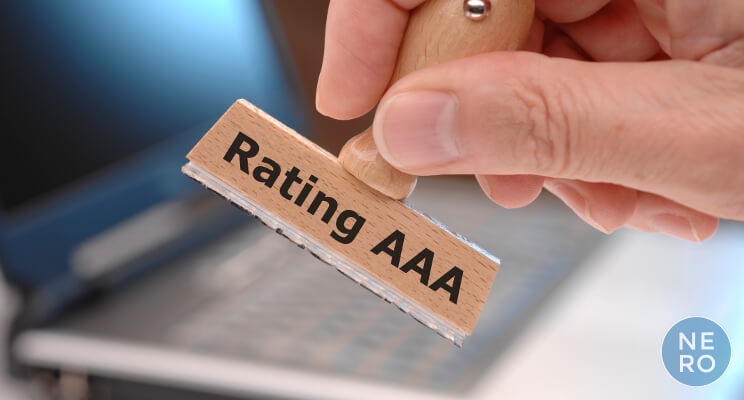How much do you know about Website Accessibility? My 4th article on demystifying Website Accessibility for businesses, web agencies and freelancers covers the 3 conformance levels: A, AA and AAA.
In this article I cover the WCAG levels of conformance and what level of conformance different organisation types should aim to meet. This can seem a little murky now if you’re not familiar with the way the guidelines are set up but the aim of these articles is to make the guidelines easier to understand and to implement to help make your website more accessible.
In the UK, website accessibility conformance follows the Website Content Accessibility Guidelines (WCAG) set out by the World Wide Web Consortium (W3C). As covered in the 3rd article in the series, we know that there are 4 principles behind the guidelines, namely that a website should be:
- Perceivable;
- Operable;
- Understandable;
- Robust.
Each of the principles has a number of success criteria and each of the success criteria has a conformance level assigned to it.
WCAG has 3 levels of conformance, increasing in complexity from A to AA to AAA:
Level A
This is the minimum level of conformance your website should strive to meet. There are about 30 success criteria that a web page has to satisfy in order to meet conformance. An example of a guideline and success criterion in this level is 1.4.1 Use of Colour which breaks down as:
1 (Principle: Perceivable) .4 (Guideline: Distinguishable) .1 (Success Criterion: Use of Colour)
Level AA
Level AA conformance requires all level-A and AA success criteria be satisfied. Level AA has about 20 success criteria to satisfy, plus the criteria from Level A. An example of a guideline and success criterion in this level is 2.4.2 Page Titled, which breaks down as:
2 (Principle: Operable) .4 (Guideline: Navigable) .2 (Success Criterion: Page Titled)
Level AAA
Level AAA conformance requires that the success criteria from all 3 levels be satisfied. This level has about 26 success criteria to satisfy plus the criteria from levels A and AA. An example of a guideline and success criterion in this level is 1.3.6 Identify Purpose, which breaks down as
1 (Principle: Perceivable) .3 (Guideline: Adaptable) .6 (Success Criterion: Identify Purpose)
I use the term ‘about’ above as there are changes made to the guidelines every now and again where the number of success criteria within a level not only change but sometimes the assigned conformance level changes e.g. a particular criterion may be elevated from Level AA to Level A.
What level of conformance should you aim to meet?
If yours is a private organisation or business you should conform to Level A and strive to meet Level AA.
If yours is a public sector organisation then by law your website(s) should be conforming to at least Level AA. From the ‘Understanding accessibility requirements for public sector bodies’ guidance page on the gov.uk website:
Organisations that do not meet the accessibility requirement or fail to provide a satisfactory response to a request to produce information in an accessible format, will be failing to make reasonable adjustments. This means they will be in breach of the Equality Act 2010 and the Disability Discrimination Act 1995.
The EHRC (Equality and Human Rights Commission) and ECNI (Equality Commission for Northern Ireland) can therefore use their legal powers against offending organisations, including investigations, unlawful act notices and court action.
See the gov.uk advice on website and app accessibility here (opens in a new tab).
How much of this do I need to know?
If you are a project manager, designer or developer involved in building web sites or web applications I highly recommend you spend time familiarising yourself with the different levels, guidelines and success criteria as they will inform your design and development decisions in order to successfully conform to the guidelines.
If you are not directly involved in the production of a web site then it’s enough to know what level of conformance your website should be aiming for, and why (read the first article in this series titled ‘Why website accessibility is important for your business’).




